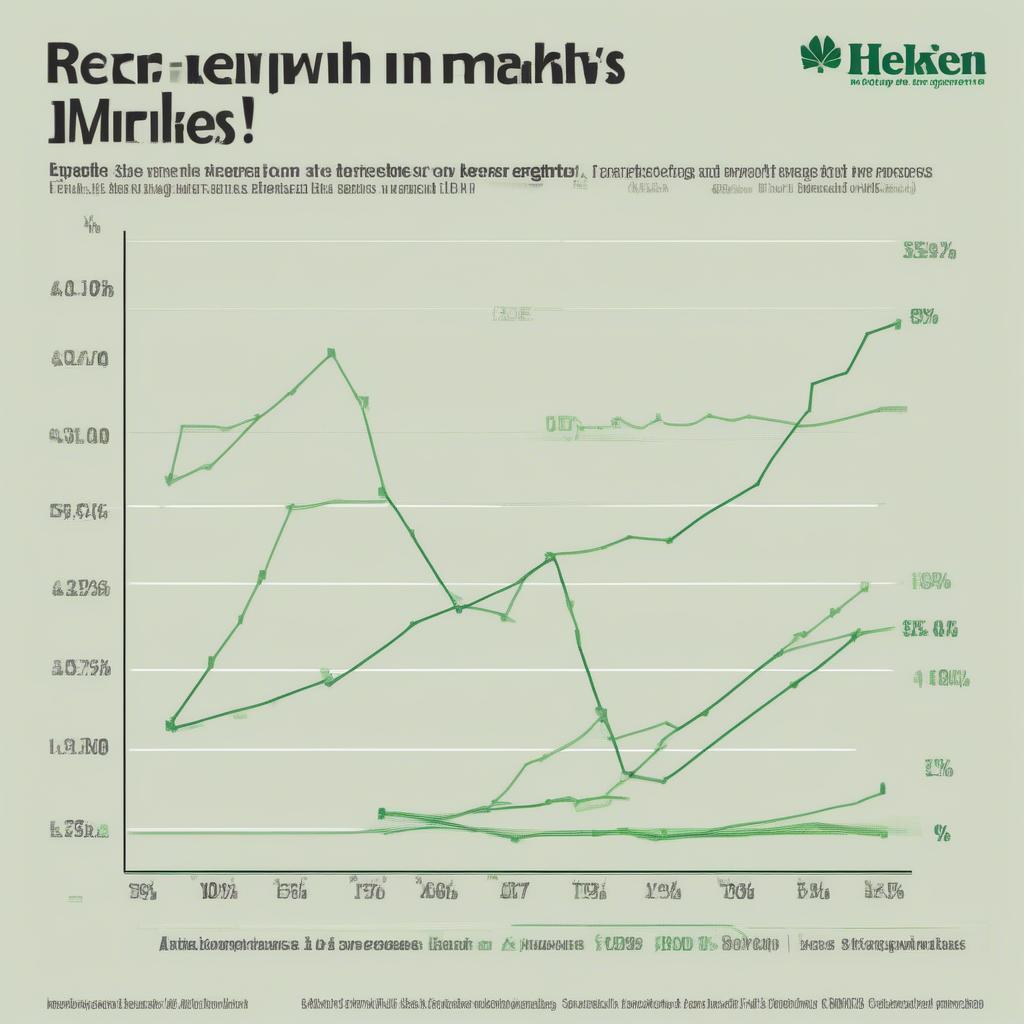
Heineken, a global brewing giant, faces a complex interplay of economic and environmental forces that significantly shape its strategic decisions. Understanding these key drivers within a PESTEL framework is crucial for analyzing Heineken’s current market position and predicting its future trajectory. What are the most pressing economic and environmental factors influencing Heineken’s business strategy? Let’s delve into the specifics.
Table Content:
- Economic Influences on Heineken’s Success
- The Impact of Currency Exchange Rates on Heineken
- The Role of Taxation and Trade Policies
- Environmental Sustainability: A Growing Imperative for Heineken
- Water Stewardship: A Core Focus for Heineken
- Reducing Carbon Emissions: A Key Sustainability Goal
- Sustainable Packaging: Minimizing Environmental Impact
- Climate Change Adaptation: Preparing for Future Challenges
- Frequently Asked Questions (FAQ)
- Conclusion
Economic Influences on Heineken’s Success
Heineken’s performance is intricately linked to global and regional economic conditions. Economic growth, disposable incomes, and consumer spending habits directly impact beer consumption. In developing markets, rising incomes translate to increased demand for premium beers like Heineken, offering lucrative growth opportunities. Conversely, economic downturns can lead to decreased spending on non-essential items like alcoholic beverages, posing a challenge to the company’s profitability. So, how does Heineken navigate these economic fluctuations? They adapt their pricing strategies and product portfolio to cater to different income segments and market dynamics. For example, during economic downturns, Heineken might focus on more affordable brands within its portfolio while continuing to push premium options in flourishing markets.
The Impact of Currency Exchange Rates on Heineken
Currency fluctuations can significantly affect Heineken’s profits, particularly as a multinational company operating in numerous markets. A strong Euro can negatively impact earnings generated in other currencies when converted back. How does Heineken mitigate this risk? They employ hedging strategies to minimize the impact of currency volatility.
The Role of Taxation and Trade Policies
Government policies regarding taxation, tariffs, and trade agreements play a vital role in shaping Heineken’s operational landscape. Higher taxes on alcoholic beverages can dampen sales, while favorable trade deals can open up new markets. Heineken actively engages with policymakers to advocate for policies that support its business interests and foster responsible alcohol consumption. For instance, they participate in industry initiatives that promote moderate drinking and combat illicit alcohol trade.
 Heineken Sales Growth in Emerging Markets
Heineken Sales Growth in Emerging Markets
Environmental Sustainability: A Growing Imperative for Heineken
Environmental concerns are increasingly prominent in the beverage industry, and Heineken recognizes the importance of sustainable practices. Climate change, water scarcity, and packaging waste are significant environmental factors impacting the company’s operations. How is Heineken addressing these challenges? They have implemented various sustainability initiatives focused on reducing their environmental footprint.
Water Stewardship: A Core Focus for Heineken
Water is a crucial ingredient in beer production, and Heineken is committed to responsible water management. They have set targets for reducing water usage in their breweries and are working with local communities to conserve water resources. This is not just about responsible business practices, it’s about ensuring the long-term availability of a vital resource.
Reducing Carbon Emissions: A Key Sustainability Goal
The brewing process is energy-intensive, contributing to greenhouse gas emissions. Heineken is investing in renewable energy sources and improving energy efficiency in its breweries to reduce its carbon footprint. This commitment to sustainability aligns with global efforts to mitigate climate change and enhances Heineken’s brand image among environmentally conscious consumers. Many consumers are now actively seeking out brands that prioritize sustainability, giving companies like Heineken a competitive advantage.
 Heineken’s Water Conservation Efforts in Africa
Heineken’s Water Conservation Efforts in Africa
Sustainable Packaging: Minimizing Environmental Impact
Packaging waste is a major environmental concern. Heineken is exploring innovative packaging solutions, such as using recycled materials and reducing packaging weight, to minimize its impact on the environment. This is particularly important given the increasing awareness of plastic pollution and its impact on ecosystems.
Climate Change Adaptation: Preparing for Future Challenges
Climate change can affect agricultural yields, impacting the availability and price of key ingredients like barley. Heineken is working with farmers to develop climate-resilient crops and ensure the long-term sustainability of its supply chain. This proactive approach is essential for mitigating the risks associated with climate change and ensuring the continued production of their products.
Frequently Asked Questions (FAQ)
Q: How is Heineken addressing the issue of responsible alcohol consumption?
A: Heineken actively promotes moderate drinking through various campaigns and partnerships, advocating for responsible alcohol consumption and combating underage drinking.
Q: What is Heineken doing to reduce its water footprint?
A: Heineken has implemented water-saving technologies in its breweries and is working with local communities on water conservation projects to minimize its impact on water resources.
Q: How does Heineken address the challenge of packaging waste?
A: Heineken is exploring innovative packaging solutions, such as using recycled materials and reducing packaging weight, to minimize its environmental footprint.
Q: What is Heineken’s stance on climate change?
A: Heineken acknowledges the impact of climate change on its operations and is investing in renewable energy, improving energy efficiency, and working with farmers to develop climate-resilient crops.
Q: How do economic factors influence Heineken’s performance?
A: Economic growth, disposable incomes, and consumer spending directly impact beer consumption, influencing Heineken’s sales and profitability.
Conclusion
The economic and environmental landscapes present both opportunities and challenges for Heineken. By understanding the key drivers within the PESTEL framework, Heineken can effectively navigate the complexities of the global market. Their proactive approach to sustainability, coupled with strategic economic adjustments, positions them for continued success in the ever-evolving beverage industry. Heineken’s commitment to both economic viability and environmental responsibility demonstrates its long-term vision and adaptability. Consider these factors the next time you enjoy a Heineken, and appreciate the complex interplay of forces that brought that beer to your hand.